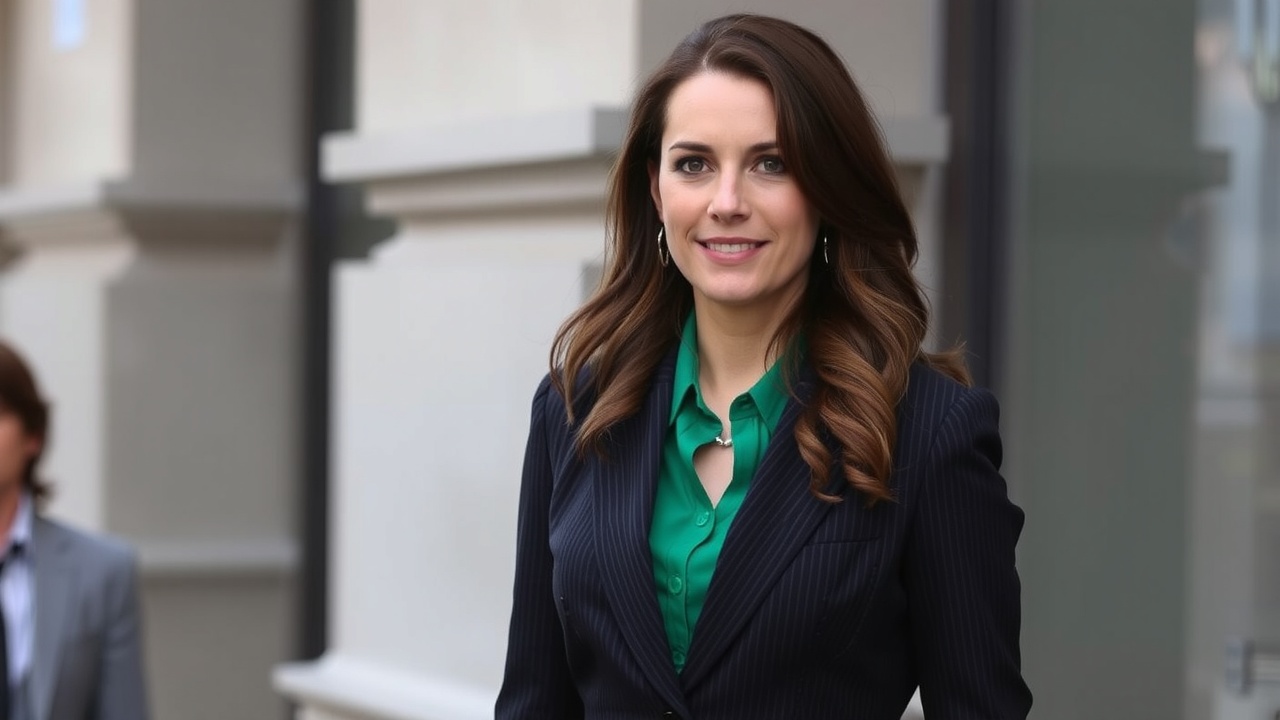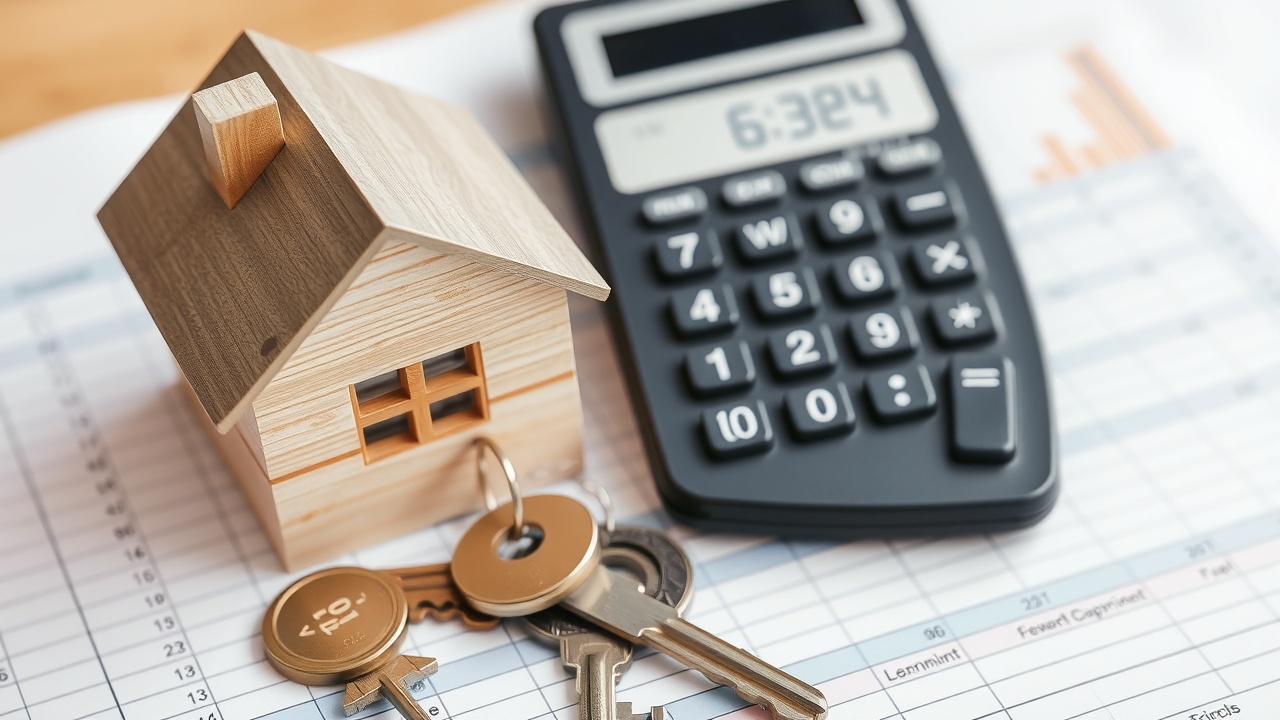
From April 2026 and beyond, sole proprietors and landlords will be required to submit digital quarterly earnings reports to HMRC Here's what you need to know
There is about a year left for nearly 800,000 high-earning landlords and sole proprietors to get ready for a change in the way they submit their income to the tax collector.
Through the Making Tax Digital (MTD) system, HMRC hopes to encourage more people to file their taxes online.
Although the system is currently in use by businesses that are registered for VAT, it will be expanded to include sole proprietors and landlords on April 6, 2026.
According to the plan, users will need to use the MTD system to maintain digital records and send HMRC quarterly summaries of their income and expenses rather than waiting until self-assessment season to file their accounts.
Exchequer secretary to the Treasury James Murray stated: "Our strategy to change the UK tax system to one that promotes economic growth must include MTD for income tax.
"We're helping businesses operate more effectively and productively while making sure everyone pays their fair share by modernizing the way people manage their taxes."
What you need to know about MTD is right here.
Making Tax Digital: What Is It?
MTD was initially made available to VAT-registered companies with a taxable turnover of over £90,000 in April 2019. All eligible companies must begin participating in April 2022.
The tax system is getting closer to real-time when businesses or their accountants use software that supports MTD, which helps them maintain digital records and submit updates quarterly.
The last-minute scramble to locate documents to file self-assessment tax returns should be eliminated as it is being implemented for income tax starting next year.
Users must pay their tax bills by the deadline of January 31st, and all data will be available online already.
Who is covered by Making Tax Digital?
Only businesses with a VAT registration are currently subject to MTD.
As of April 6, 2026, however, landlords and sole proprietors earning more than £50,000 must also use the system to track and report their earnings.
The regulations will also be extended starting in April 2027 for those who earn more than £30,000 a year from their businesses or properties.
HMRC stated that starting in April 2026, about 780,000 independent contractors and landlords will have to use MTD for income tax, with an additional 970,000 joining in April 2027.
This will entail informing HMRC of your gross income from real estate and self-employment on a quarterly basis.
"Digital transformation offers many benefits, but that does not mean it is easy to define, plan, or execute," stated Rodolphe Malaguti, head of product strategy and transformation at business support platform Conga. MTD needs to resolve a number of problems before it can implement meaningful digital change in a field as important as the tax system.
Senior project leaders, for instance, must first assess the existing data-sharing procedures and seek to create a single system to streamline communication and data sharing amongst HMRC's departments.
"Having digital records that can be updated on a regular basis will be beneficial for many people, but only if the procedures are smooth and there are no problems with data processing when it comes to filing crucial tax information.














Leave a comment on: With just a year left, what landlords and sole proprietors should know about Making Tax Digital